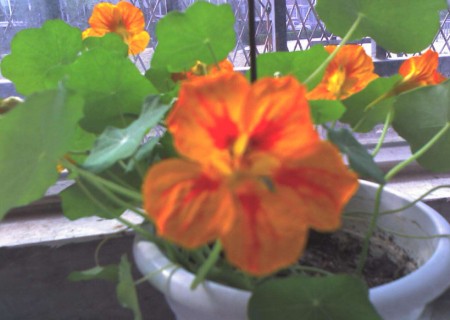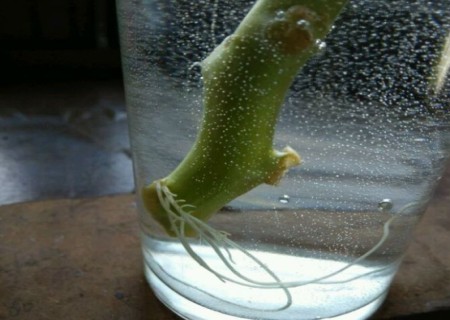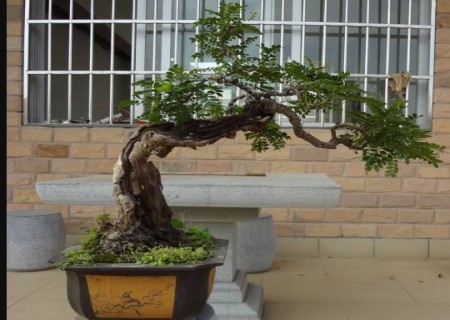Breeding methods and matters needing attention of dry lotus
Dry lotus belongs to Trollius family plants, its color is gorgeous and delicate, and the flowering period is very long, as long as the maintenance is proper, it can bloom all year round, it is the first choice for many potted families. However, for potted drought lotus how to cultivate, many pot friends are relatively unfamiliar. So how can we cultivate drought lotus? In fact, the cultivation of drought lotus is nothing more than light and temperature environment, water and fertilizer management, the following small series will explain for you.

1. Light
Drought lotus likes warm environment, in the process of conservation naturally to provide adequate light. In spring and autumn, it needs to be cultured in a sunny place, but in summer, when the sun is too hot and the temperature is too high, we need to take shade measures for it; in winter, the temperature is low, usually put it indoors for maintenance, and let it enjoy the light as much as possible. At the same time, we should often turn the basin to make the light more uniform and sufficient.
2. Temperature
The most suitable temperature environment for the growth of drought lotus is between 22℃ and 24 ℃, and the temperature in winter should not be lower than 10℃. At the same time, heat preservation measures should be taken to ensure safe overwintering. The ideal temperature during winter should be kept between 12-16℃. In order to keep the plants growing and developing, water and fertilizer should be controlled in addition to heat preservation in winter.
3. Watering
As we all know, watering conservation management work routine work, watering frequency and water amount in addition to weather decisions, but also according to the current growth status of the plant and set. Summer is the growth period of plants, watering naturally more, need to water once a day, at the same time it is recommended to spray water on the leaves once a night to maintain humidity; spring and autumn season usually water once every other day, less watering in winter. Watering frequency should be reduced in bud stage, and the pot soil should be dry and wet; watering should be reduced after flowering, otherwise it is easy to cause excessive growth of branches and affect the quality of the next flowering.
4. Fertilization
A small amount of thin nitrogen fertilizer can be applied to dry lotus under normal growth conditions. Thin decomposed cake fertilizer water is usually applied once a month during the growth period. Nitrogen fertilizer is stopped during flowering and calcium superphosphate is applied once every two weeks. After flowering, decomposed cake fertilizer water can be applied again. Fertilization should be stopped when the temperature is high in summer, and compound fertilizer should be applied once before overwintering in order to improve the independent cold resistance. It is recommended to loosen the soil after each fertilization to increase soil permeability and promote root growth.
Notes:
In order to survive the winter safely, the plants should be placed indoors where they can receive sunlight for conservation and management after frost.
2. Take warm measures in winter. It is recommended to keep the temperature at 15℃-25℃, and never lower than 10℃.
3. In winter, in order to make the plants receive uniform light, it is recommended to turn the flowerpots frequently.
4, watering should be timely and appropriate, otherwise it is easy to lead to yellow leaves, and excessive watering is easy to lead to rotten roots.
Time: 2019-05-30 Click:
- Prev

How to cultivate dry lotus by hydroponic culture
With the continuous improvement of pot technology of flowers and plants, many potted flowers can be hydroponically cultivated. However, for this kind of flower, the editor still does not recommend hydroponic culture, because the dry lotus itself is a very fast-growing vine, and its root system is also very developed, if hydroponic culture is carried out.
- Next

How do you keep a sweet tree?
Fragrant wood leaves bright and delicate, growth is very slow, but it is easy to shape, can emit a faint fragrance, not only can the air in the home, but also has mosquito repellent effect, many families like potted plants. Fragrant wood bonsai is elegant and beautiful because of its tree shape, and its leaves are fragrant and pleasant.
Related
- Fuxing push coffee new agricultural production and marketing class: lack of small-scale processing plants
- Jujube rice field leisure farm deep ploughing Yilan for five years to create a space for organic food and play
- Nongyu Farm-A trial of organic papaya for brave women with advanced technology
- Four points for attention in the prevention and control of diseases and insect pests of edible fungi
- How to add nutrient solution to Edible Fungi
- Is there any good way to control edible fungus mites?
- Open Inoculation Technology of Edible Fungi
- Is there any clever way to use fertilizer for edible fungus in winter?
- What agents are used to kill the pathogens of edible fungi in the mushroom shed?
- Rapid drying of Edible Fungi

